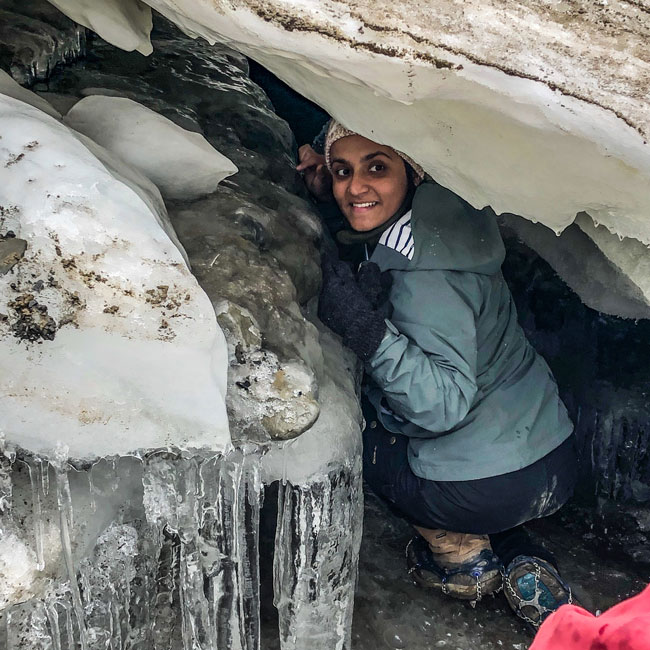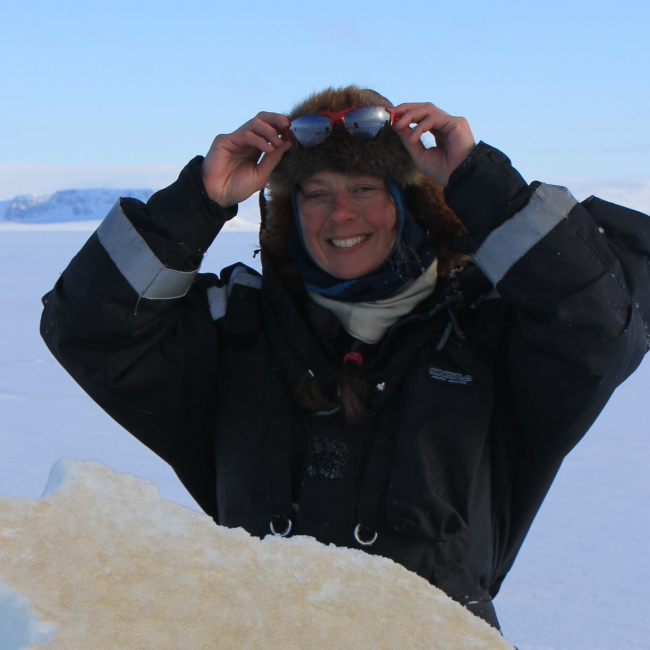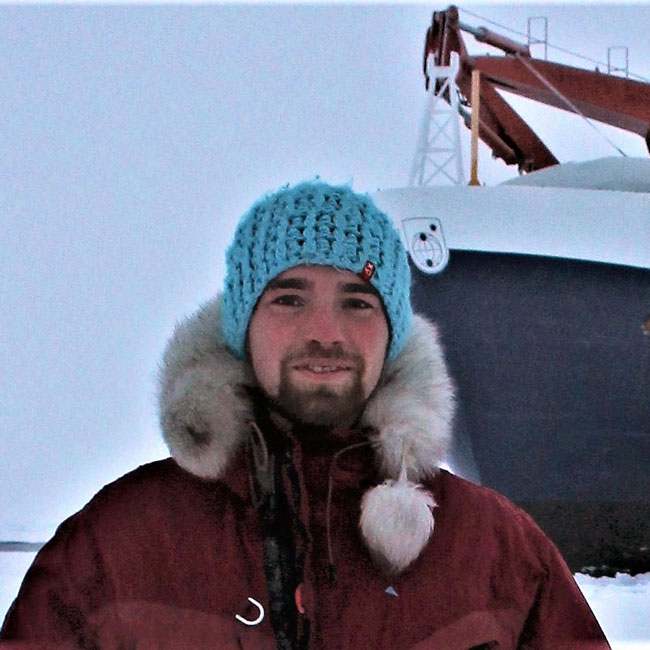Seasonality in phytoplankton communities and production in three Arctic fjords across a climate gradient
[Published 28 July 2024]
Scientific Publications
Abstract
Phytoplankton communities and production in Arctic fjords undergo strong seasonal variations. Phytoplankton blooms are periods with high primary production, leading to elevated algal biomass fueling higher trophic levels. Blooms are typically driven bottom-up by light and nutrient availability but may also be top-down controlled by grazing. While phytoplankton spring blooms are common across all Arctic systems, summer and autumn blooms and their drivers are less predictable. Here we compare the long-term (≥4 years) bloom phenology and protist community composition in three Arctic fjords: Nuup Kangerlua in western Greenland, Ramfjorden in northern Norway, and Adventfjorden in western Svalbard. While Nuup Kangerlua is impacted by tidewater glaciers, Ramfjorden and Adventfjorden are impacted by river-runoff. We discuss and contrast the presence and predictability of spring, summer, and autumn blooms in these fjords and the main physical, chemical, and biological drivers. Spring blooms occurred in all three fjords in April/May as soon as sufficient sunlight was available and typically terminated when nutrients were depleted. Chain-forming diatoms together with the haptophyte Phaeocystis pouchetii were key spring bloom taxa in all three fjords. Summer blooms were found in Nuup Kangerlua and Ramfjorden but were not common in Adventfjorden. In Nuup Kangerlua nutrient supply via subglacial upwelling was the key driver of a diatom-dominated summer bloom. This summer bloom extended far into autumn with strong winds resupplying nutrients to the surface later in the season. In Ramfjorden runoff from a vegetated catchment provided organic nutrients for a flagellate-dominated summer bloom in 2019. A late autumn bloom dominated by Skeletonema spp. and other chain-forming diatoms was present after nutrients were resupplied by wind mixing. In Adventfjorden, we observed only minor summer blooms in 2 of the 8 years, while autumn blooms were never observed. With global warming, we suggest that summer blooms will be negatively impacted in fjords where tidewater glaciers retreat and become land terminating. In fjords with rich vegetated catchments, harmful algal blooms may occur more frequently as summers and autumns become warmer and wetter. However, for fjords in high-Arctic latitudes (>78 N), the day length will continue to restrict the potential for autumn blooms.
FACE-IT Scientists:
Cheshtaa CHITKARA
University Centre in Svalbard (UNIS), Longyearbyen, Norway
University of Agder, Kristiansand, Norway
ResearchGate
Role in FACE-IT:
• PhD student "Biodiversity Changes"
Thomas JUUL-PEDERSEN
Greenland Institute of Natural Resources, Greenland Climate Research Centre (GCRC), Nuuk, Greenland
GCRC personal page
Thomas’ FACE-IT Projects
Role in FACE-IT:
• Researcher "Ecosystem Function Changes"
Janne E. Søreide
University Centre in Svalbard (UNIS), Longyearbyen, Norway
ResearchGate
Janne’s FACE-IT Projects
Role in FACE-IT:
• Researcher "Biodiversity Changes"
ANna VADER
University Centre in Svalbard (UNIS), Longyearbyen, Norway
Anna’s FACE-IT Projects
Role in FACE-IT:
• Researcher "Biodiversity Changes"
Tobias Reiner VONNAHME
Greenland Institute of Natural Resources, Greenland Climate Research Centre (GCRC), Nuuk, Greenland
Tobias’ FACE-IT Projects
Role in FACE-IT:
• Researcher "Biodiversity Changes"
• Researcher "Ecosystem Function Changes"





